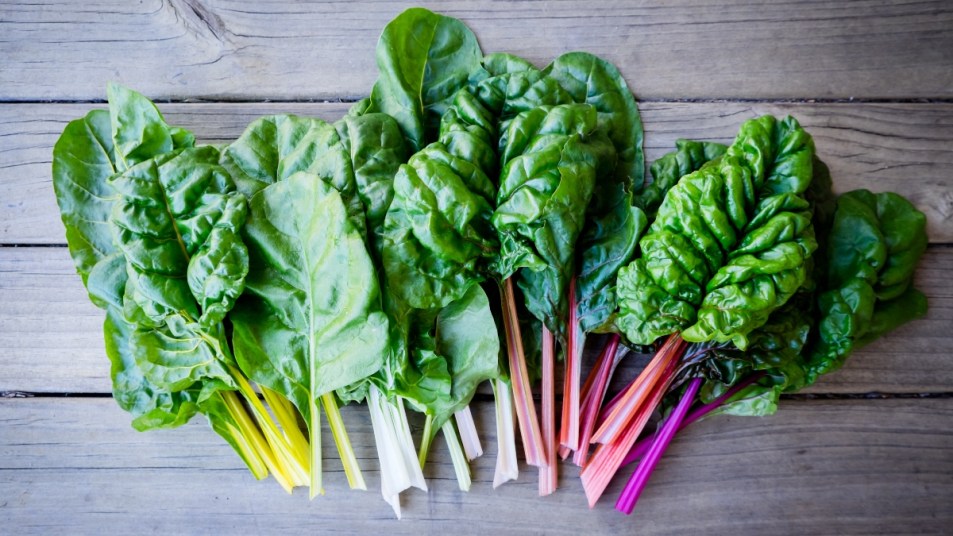Popeye Was Right! Spinach Improves Your Sight (Plus 2 More Health Benefits of Leafy Greens)
Plants that pack a powerful punch.

We’ve all been told to eat our greens. Even the cartoons we grew up with, like the spinach-swallowing Popeye the Sailor Man — who grew more powerful with every bite of the stuff — tried convincing us to get our fill. But why? Well, it’s certainly not a plot by leafy green corporations to sell more product. While they might not make you grow muscles on the spot like Popeye, dark leafy greens are chock-full of vitamins and minerals that improve your life and keep your body strong. And if you just can’t stomach another salad, worry not — there are tastier, more creative ways to get your daily intake. Keep reading to learn more about the benefits of dark leafy greens, and how you can make them delicious enough to crave.
Benefit #1: Stronger Bones
Dark green leafy vegetables brim with bone-boosting vitamin K and can help to increase bone strength and density, asserts Michael Greger, MD. In fact, research in the journal Medicine shows that vitamin K intake may significantly reduce the risk of bone fractures. To get the benefits, Dr. Greger advises having two servings daily, like a salad that includes kale and spinach. Other greens high in vitamin K include fresh parsley and cooked beet greens. That’s right — the part of the beet you might throw away, and the green leaf you use for garnish, are major players when it comes to your bone health. Check out this recipe for Simple and Delicious Beet Greens… and don’t forget the sprig of parsley on the side.
Benefit #2: Better Vision
Spinach and kale are packed with carotenoid lutein, a plant compound that lowers the risk of vision loss, cataracts, and macular degeneration, says Robert Abel Jr., MD, author of The Eye Care Revolution (Buy from Amazon, $13.99). A randomized clinical trial published in Nutrients showed that those who consumed a carotenoid-rich diet had improved vision, especially at night. Lutein may also aid in the prevention of age-related vision loss, says another study in Nutrients. Want more lutein in your diet? Try this garlicky, lemony sautéed spinach recipe from food blog A Couple Cooks. Cooking spinach can double its lutein content — but cooking kale can reduce it, so keep your kale raw for the highest benefits.
Benefit #3: Stronger Brain Health
Dark, leafy swiss chard contains plant compound betalain, which presents as red and yellow pigment. Not only do these compounds benefit the plant — they attract pollinators and protect it from harmful UV rays — but they also carry health benefits for those who eat them. A recent study in Molecules states that the betalains in Swiss chard may help in the treatment of Alzheimer’s disease. Not in the mood for the crunchy texture and bitter taste of raw chard? Try this recipe for Swiss Chard Soup with Lentils from food blog The Clever Meal. It’s hearty, cozy, and the perfect lunch on rainy spring days. (Click through to learn about bitter greens and weight loss.)
Read on to discover how upping your leafy green intake can steady blood sugar and power off pounds:
This content is not a substitute for professional medical advice or diagnosis. Always consult your physician before pursuing any treatment plan.
A version of this article originally appeared in our print magazine, Woman’s World.












